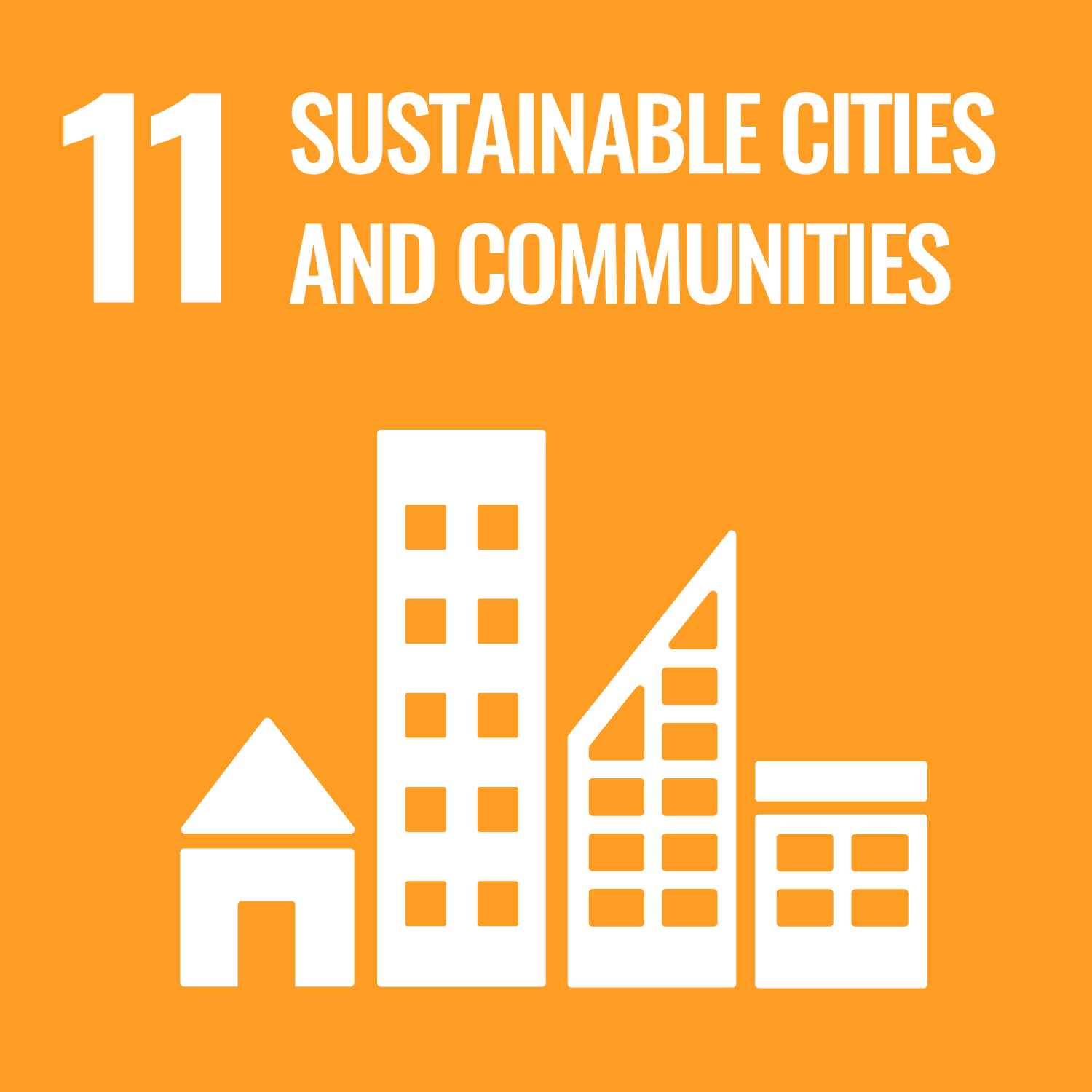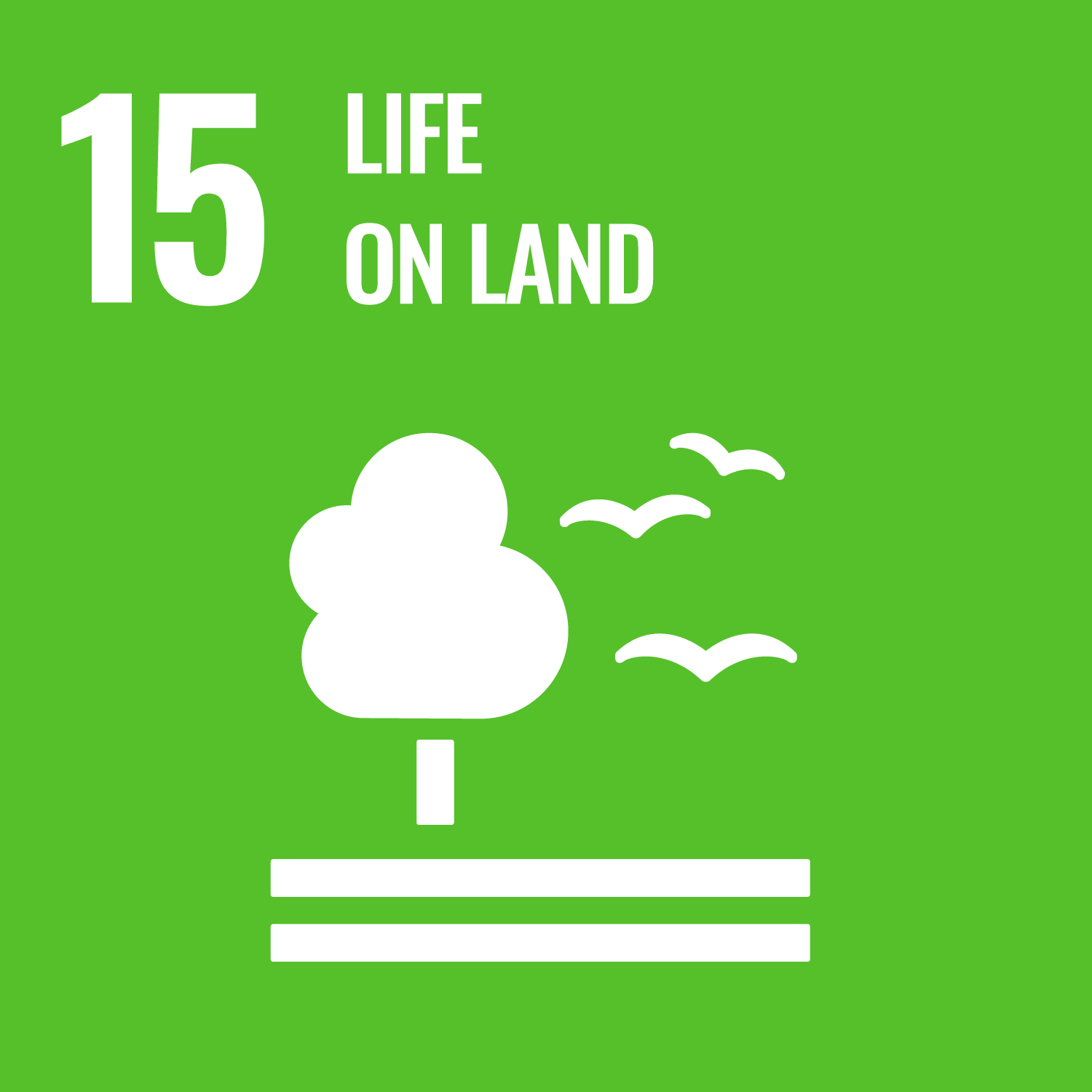Oleng, M. orcid.org/0000-0003-3933-5230, Ozdemir, Z. and Pilakoutas, K. orcid.org/0000-0001-6672-7665 (2025) Stochastic event-based probabilistic earthquake risk assessment framework for Uganda: towards informing the National Policy for Disaster preparedness and management. Bulletin of Earthquake Engineering, 23 (4). pp. 1371-1406. ISSN 1570-761X
Abstract
Catastrophic earthquakes in Uganda have the potential for detrimental consequences on the socio-economic welfare and resilience of communities. Despite considerable efforts in predicting earthquake risk across Africa, a national comprehensive seismic risk study for Uganda does not exist. With increasing population, urbanisation and rapid construction, seismic risk is escalating fast and is compounded by the high vulnerability of buildings and scanty disaster prevention and mitigation strategies. This study uses the probabilistic event-based risk calculator of the OpenQuake-engine to assess potential risks resulting from future earthquakes. Although the building exposure model is largely inferred and projected from the national population and housing census of 2014, total replacement costs are obtained by performing series of interviews with local engineering practitioners. Analytical vulnerability curves are selected from Global Earthquake Model (GEM) database. Seismic hazard studies confirm that western Uganda is exposed to the highest level of seismicity where peak ground accelerations on rock ground can reach up to 0.27 g over a 475-year return period. Relative to Uganda’s gross domestic product, the associated seismic risk estimates indicate mean economic loss ratios of 0.36%, 2.72% and 4.94% over 10, 50 and 100-year return periods respectively; with mean annual economic loss of US$ 74.7 million (0.34% relative to the total replacement value) and annual deaths averaging 71 persons across the whole country. It is envisaged that the findings will inform strategic land use planning patterns, earthquake insurance pricing and foster the continuous improvement of Uganda’s National Policy for Disaster Preparedness and Management.
Metadata
| Item Type: | Article |
|---|---|
| Authors/Creators: |
|
| Copyright, Publisher and Additional Information: | © The Author(s) 2025. Open Access: This article is licensed under a Creative Commons Attribution 4.0 International License, which permits use, sharing, adaptation, distribution and reproduction in any medium or format, as long as you give appropriate credit to the original author(s) and the source, provide a link to the Creative Commons licence, and indicate if changes were made. The images or other third party material in this article are included in the article’s Creative Commons licence, unless indicated otherwise in a credit line to the material. If material is not included in the article’s Creative Commons licence and your intended use is not permitted by statutory regulation or exceeds the permitted use, you will need to obtain permission directly from the copyright holder. To view a copy of this licence, visit http://creativecommons.org/licenses/by/4.0/. |
| Keywords: | Uganda, stochastic event-based modelling; Probabilistic seismic hazard analysis; Structural vulnerability; Building exposure; Probabilistic seismic risk assessment; Sub-Saharan Africa |
| Dates: |
|
| Institution: | The University of Sheffield |
| Academic Units: | The University of Sheffield > Faculty of Engineering (Sheffield) > School of Mechanical, Aerospace and Civil Engineering |
| Depositing User: | Symplectic Sheffield |
| Date Deposited: | 28 Feb 2025 17:23 |
| Last Modified: | 24 Mar 2025 13:07 |
| Status: | Published |
| Publisher: | Springer Science and Business Media LLC |
| Refereed: | Yes |
| Identification Number: | 10.1007/s10518-025-02103-2 |
| Related URLs: | |
| Sustainable Development Goals: | |
| Open Archives Initiative ID (OAI ID): | oai:eprints.whiterose.ac.uk:223866 |



 CORE (COnnecting REpositories)
CORE (COnnecting REpositories) CORE (COnnecting REpositories)
CORE (COnnecting REpositories)